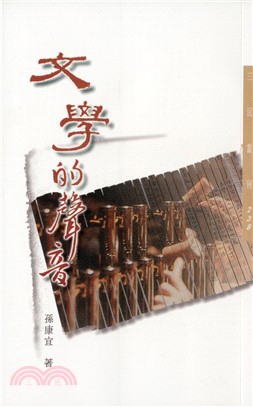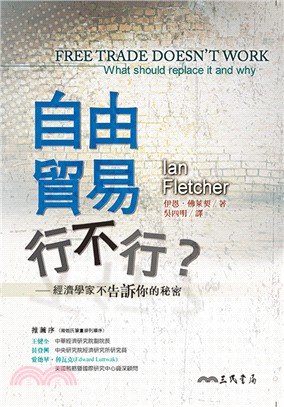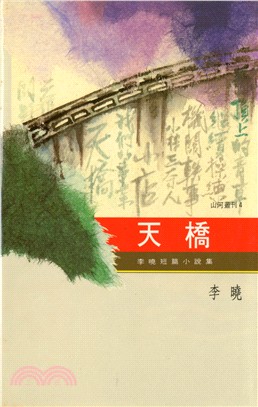Etruskische Heiligtumer Des 8.-5. Jhs. V. Chr. ALS Wirtschaftsraume Und Konsumptionsorte Von Keramik
商品資訊
定價
:NT$ 9845 元若需訂購本書,請電洽客服 02-25006600[分機130、131]。
相關商品
商品簡介
商品簡介
English summary: Although religion is a current and intensively discussed topic in Etruscan and Italic studies, there is still a need for detailed analyses of its economic significance and about a sacred economy in 'Pre-Roman' Italy. This volume analyzes Etruscan sanctuaries of the 8th-5th cent. BCE systematically as economic spaces. The specific area under investigation is the Etruscan core region between the rivers Arno and Tiber, the data set consists of 51 sacred contexts with statistically accessible pottery findings, and 334 pottery inscriptions. The investigation of the Etruscan sacred economy is performed on the basis of three main research questions: (1) Pottery as consumption goods. The distribution and functions of vase forms and classes as well as activities and ritual practices in sacred contexts are reconstructed using statistical analyses of pottery. Additionally, this chapter traces chronological developments and consumption patterns, and examines the fundamental differences in pottery consumption between southern and northern Etruria. Other topics include the functions of 'ritual vessels', such as miniature vases, kernoi or thymiateria, and of depictions of altars and ritual scenes on Etruscan pottery. Finally, the role of Greek imported pottery in Etruscan sanctuaries, particularly with regards to vessel forms and imagery, is discussed in this chapter. (2) Production and crafts. Pottery, metal processing and textile production in sanctuary contexts are systematically examined in terms of the Etruscan sacred economy. The main research questions deal with forms of organization for craft activities embedded in sacred places, as well as the significance of those crafts for the sanctuaries and the Etruscan economy as a whole. Another topic is the role of writing and literacy in Etruscan sanctuaries, such as the mechanics of writing spaces (scriptoria) or the processes for creating votive texts. Finally, this chapter discusses the significance of Etruscan sanctuaries as institutions responsible for standardized and calibrated weight systems, and locations of official weights (ponderaria). (3) The development and political economy of the Etruscan sacred landscape. This chapter analyzes representative indicators of the Etruscan sacred landscape in order to reconstruct socio-political structures and processes. These indicators include, for example, the lifespans of sanctuaries, as well as sacred architecture, pottery and pottery inscriptions, and the names of clans and gentes contained in votive texts. On this basis, the author suggests a supraregional model with five main phases of socio-political significance for the religious sphere and sanctuaries in Etruscan society. The results of these three main research questions provide a general picture of the Etruscan sacred economy during the 8th-5th cent. BCE, with a wide range of ritual practices, consumption patterns and mechanisms, craft activities and socio-political processes. German description: Auch wenn Religion ein aktuelles und vieldiskutiertes Themenfeld der etruskisch-italischen Forschung ist, fehlen noch intensive Studien zu ihrer wirtschaftlichen Bedeutung und zur Sakralwirtschaft im 'vorromischen' Italien. In diesem Band werden etruskische Heiligtumer des 8.-5. Jhs. v. Chr. gezielt als Wirtschaftsraume analysiert. Das Untersuchungsgebiet bildet das etruskische Kernland zwischen Arno und Tiber, als Datengrundlage dienen 51 Sakralkontexte mit quantitativ auswertbaren Keramikfunden und 334 Gefassinschriften. Die Untersuchung erfolgt uber drei ubergeordnete Fragestellungen. (1) Keramik als Konsumptionsgut. Anhand statistischer Auswertungen von Keramik werden Verteilungen und Funktionen von Gefassformen und -gattungen, aber auch Aktivitaten und rituelle Praktiken in Sakralkontexten rekonstruiert. Mit diesen Analysen werden ausserdem chronologische Entwicklungen und Konsummuster nachvollzogen und die grundlegenden Unterschiede im Keramikkonsum zwischen Sud- und Nordetrurien erfasst. Ebenso werden Funktionen von kultisch konnotierten Gefassen (etwa Miniaturgefasse, Kernoi oder Thymiateria) sowie von Kultdarstellungen und Altarszenen auf etruskischer Keramik diskutiert. Schliesslich geht es auch um die Rolle griechischer Importkeramik in Heiligtumern, hier werden insbesondere Gefassformen und Bildthemen analysiert. (2) Produktion und Gewerbe. Fur diesen Aspekt der etruskischen Sakralwirtschaft werden Topfereien, Metallverarbeitungen und Textilproduktionen untersucht. Im Fokus stehen Fragen nach den Organisationsformen der in Sakralorten eingebetteten handwerklichen Aktivitaten sowie nach der Bedeutung dieser fur die Kultplatze und fur die etruskische Wirtschaft. Ausserdem geht es hier um die Rolle von Schrift und Literalitat in etruskischen Heiligtumern, etwa in Form von Schreibstatten (scriptoria) oder bei der Erstellung von Votivtexten. Abschliessend werden etruskische Sakralorte als Institutionen fur Gewichtstandards und als Aufbewahrungsorte von Gewichten (ponderaria) diskutiert. (3) Die Entwicklung und die politische Okonomie der etruskischen Sakrallandschaft. In diesem Kapitel werden reprasentative Indikatoren der etruskischen Sakrallandschaft ausgewertet, um sozio-politische Strukturen und Prozesse zu rekonstruieren. Zu diesen Indikatoren zahlen etwa Laufzeiten von Heiligtumern, Sakralarchitektur, Keramik, Gefassinschriften und Gentilnamen in Votivinschriften. Auf dieser Grundlage wird ein uberregionales Modell in funf Phasen zur sozio-politischen Bedeutung des religiosen Feldes und von Heiligtumern in der etruskischen Gesellschaft vorgeschlagen. Die Ergebnisse der drei ubergeordneten Fragestellungen resultieren schliesslich in ein Gesamtbild einer etruskischen Sakralwirtschaft des 8.-5. Jhs. v. Chr., in dem ein breites Spektrum an rituellen Handlungen, Konsummechanismen, handwerklichen Aktivitaten und sozio-politischen Prozesse sichtbar wird.
主題書展
更多
主題書展
更多書展本週66折
您曾經瀏覽過的商品
購物須知
外文書商品之書封,為出版社提供之樣本。實際出貨商品,以出版社所提供之現有版本為主。部份書籍,因出版社供應狀況特殊,匯率將依實際狀況做調整。
無庫存之商品,在您完成訂單程序之後,將以空運的方式為你下單調貨。為了縮短等待的時間,建議您將外文書與其他商品分開下單,以獲得最快的取貨速度,平均調貨時間為1~2個月。
為了保護您的權益,「三民網路書店」提供會員七日商品鑑賞期(收到商品為起始日)。
若要辦理退貨,請在商品鑑賞期內寄回,且商品必須是全新狀態與完整包裝(商品、附件、發票、隨貨贈品等)否則恕不接受退貨。
























